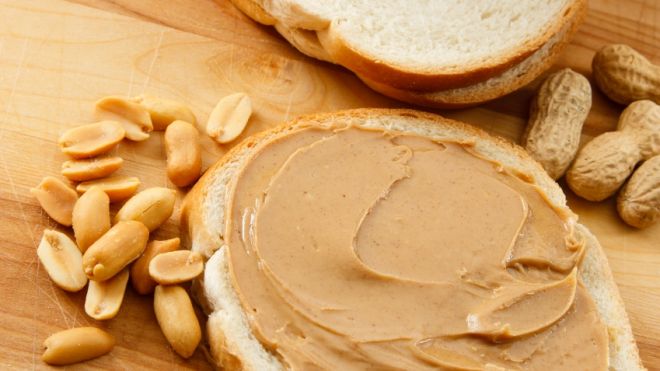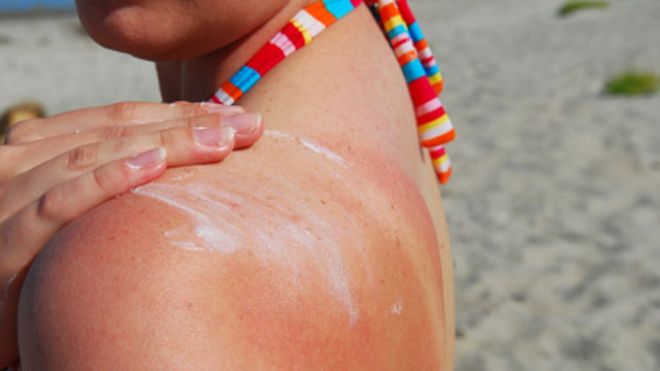5 low-fat foods that are making you fat
You may know that so-called low-fat and fat-free diet foods are often packed with sugar, salt, and chemical-laden additives. But did you realize that your body digests these “healthy” alternatives in record time, leaving you hungry for more?  That's only part of the problem, according to New York City dietitian Keri Glassman, the author of The New You and Improved Diet. Packaging, no matter how well-intentioned and honest, is another culprit: When people see low-fat on a label, they think they can eat more than they really should and end up chowing down on 28 percent more calories, according to research from the Cornell University Food and Brand Lab. Below, we've rounded up five common low-fat foods that aren't scoring you a six-pack anytime soon. Chips Low-fat chips taste a whole lot better than they used to, thanks to the addition of more salt, carbs, and other additives. When fat is removed from chips, manufacturers make up for lost taste and texture with the salty stuff. Many bags of low-fat chips contain about 20 percent more sodium and 15 percent more carbohydrates than their full-fat versions—not to mention about twice the number of ingredients. Peanut Butter You already know peanuts are little fat repositories, but this is mostly good fat: Polyunsaturated fatty acids increase protein concentration and the size of muscular cells, adding to your lean muscle mass without a single workout, according to research published in Clinical Science. What's more, old fat stored in the body's peripheral tissues can't get worked off efficiently without new fat to activate fat-burning pathways in the liver, according to research from the Washington University School of Medicine in St. Louis.  What many food companies don't tell you is that they've replaced that healthy fat with maltodextrin, a carbohydrate used as a filler in many processed foods. This means you're trading the healthy fat from peanuts for empty carbs and double the sugar for a savings of a meager 10 calories. So next time you're making a peanut butter and jelly sandwich, ditch the empty calories in the low-fat alternative and opt for the full-fat original—just be sure to spread it on in moderation. ___________________________________________________ More From Details: 7 Trends You'll Be Wearing Next Fall Foods That Will Make You Look Younger 14 Healthiest Snack Foods You Can Buy 12 Must-See Sneakers ___________________________________________________ Cheese You'll be hard-pressed to find low-fat or fat-free cheese at the deli counter. Why?



